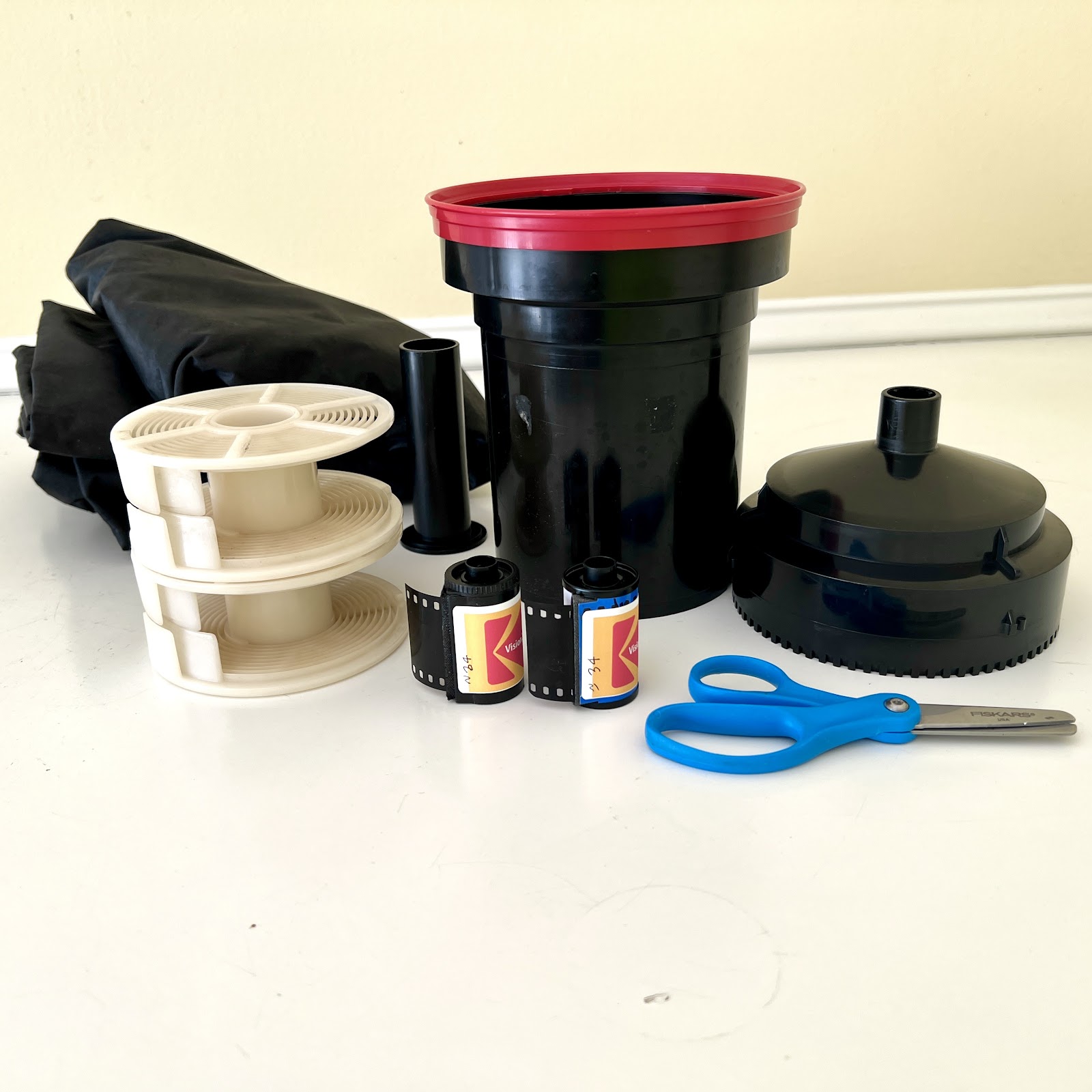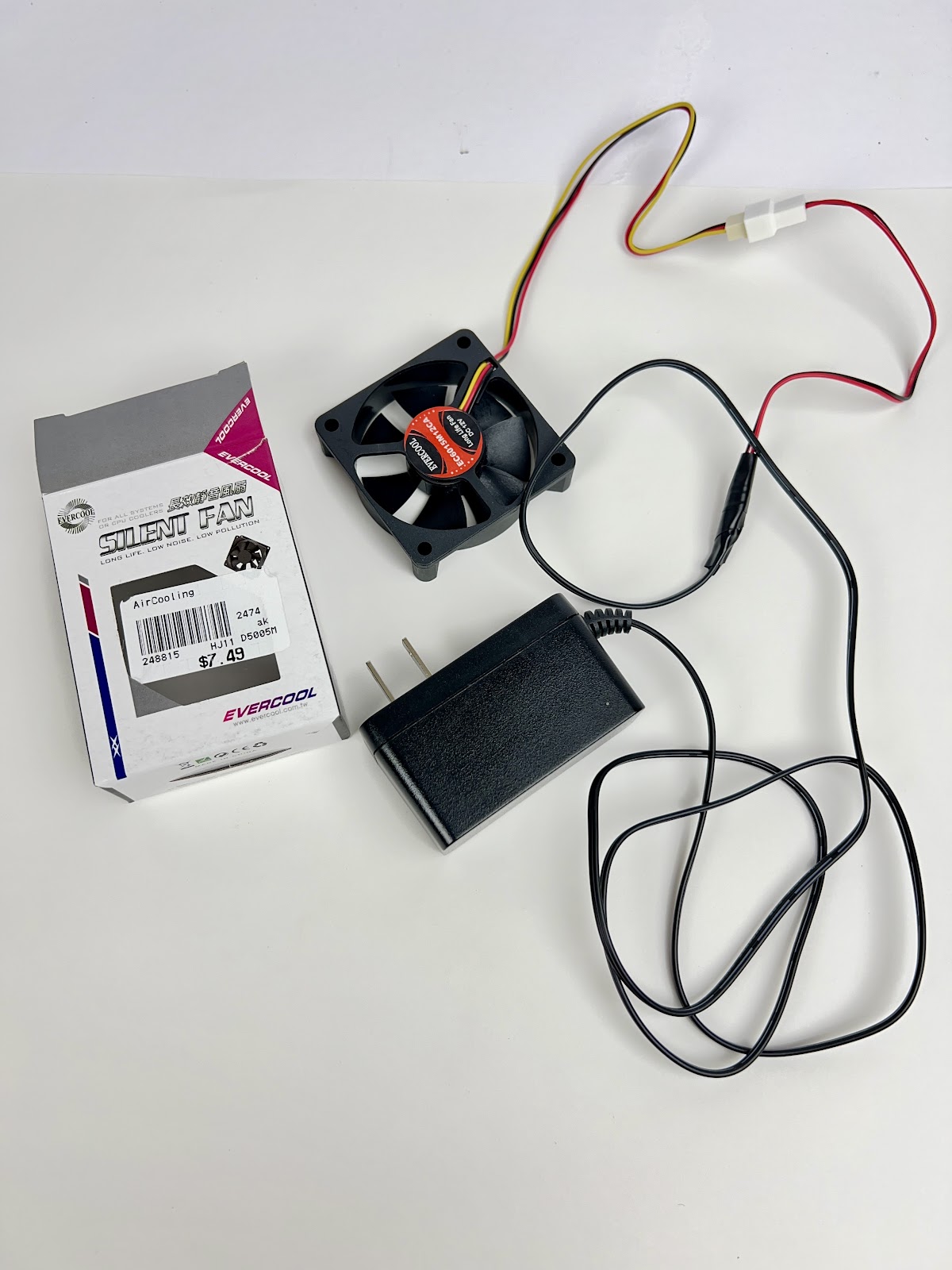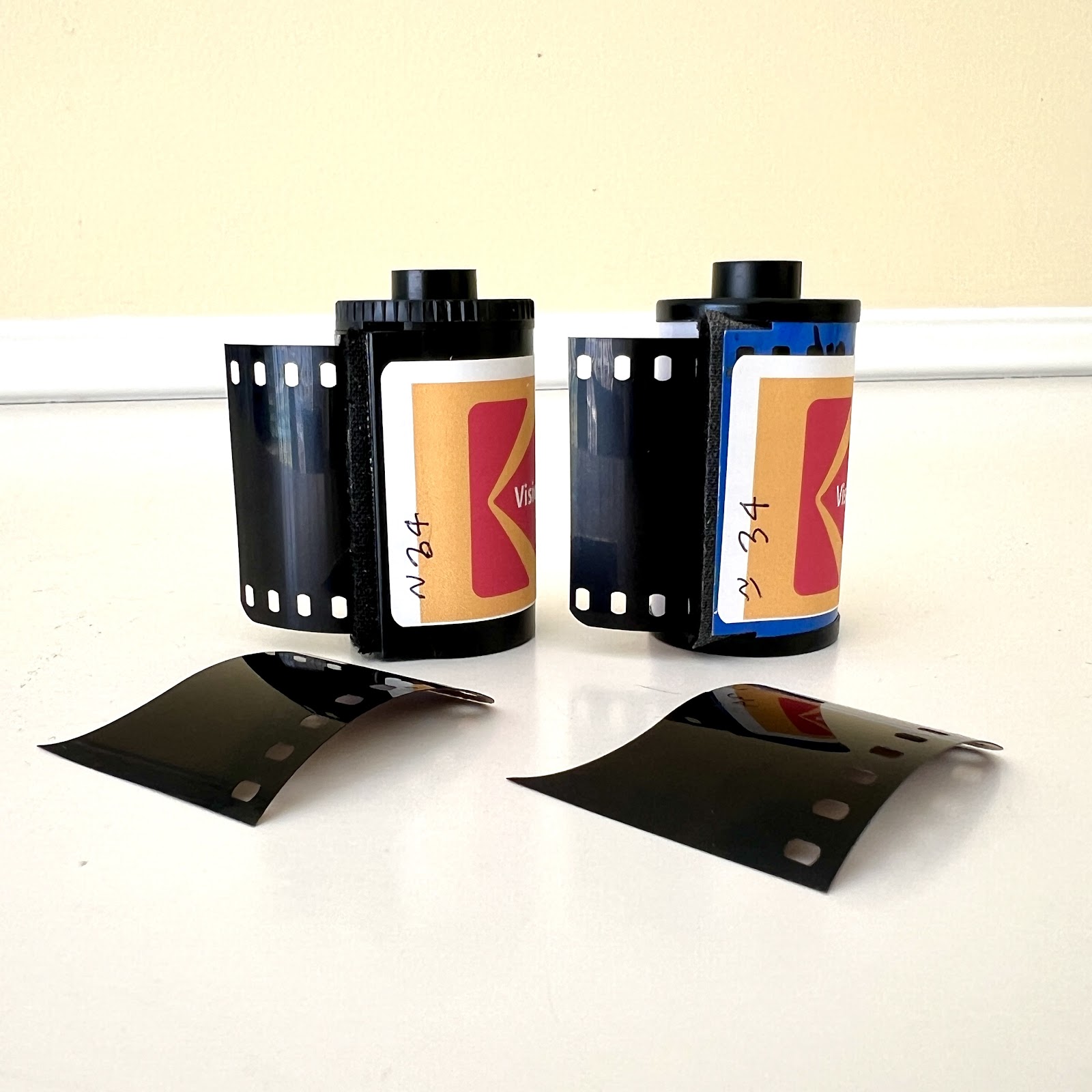I recently gave a presentation at a local camera club. The club is primarily digital focus, but they asked me to give an update on the film photography genre and why a digital photographer might consider film photography. Here's an overview of the presentation.
Why you should try film again or give it a try?
- New films to try
- Harman Phoenix 200
- CineStill 400D
- CineStill 800T
- Kodak Ektachrome (relaunched)
- Film Ferrania Orto 50
- Wolfen NC500
- Kodak Gold 200 – 120
- Santa Gold
- Polaroid 600 & iType
- Film Photography Project repackaged films
- LuckyPan SHD400
- Various Vision3 repackaged films
- Others
- Trending / hot on social media
- Heavily impacted by young social media influencers
- Uses YouTube, TikTok, BlueSky & Threads
- Not afraid to edit
- OK to fail / just snapshots
- No rules
- Share easily online
- Boutique physical and online stores (just a few) that are active on social media promoting the genre & photographers.
- Film photography compliments your cell phone / digital photography
- Allows you to slow down & get back to basics
- A new source of inspiration and if you are burned out
- New life to old equipment
- Lots of cool cameras at reasonable or low prices
- Question - Are film cameras still available / where can I get one?
- Answer - YES
- Family & friend's stash (cameras they own that are not being used)
- Online & physical stores (both new and used)
- KEH
- eBay (be careful as descriptions are often inaccurate / misleading & prices may not reflect the market)
- New cameras are available (Pentax 17, Rollei 35, Leica M6, disposable point & shoots, etc.)
- Question - Is film still being produced and available?
- Answer - YES
- Color, B&W, instant and slide
- 35mm, 120, Polaroid, Instax, large format & bulk
- Vision3 motion picture film in bulk and repackaged
- Question - Where to buy film?
- Answer - Many places
- Mass market stores like Walmart, Meijers, Target, etc.
- Fujifilm & Kodak almost exclusively
- Roberts Camera / Used Photo Pro
- Freestyle Photo
- Ultrafine Warehouse
- B&H Photo
- Adorama
- Question - Can I still get film developed? Where?
- Answer - YES both labs and at home
- Developing chemicals are readily available and affordable
- Its normally cheaper to develop film at home
- Labs (to name a few)
- Roberts Camera
- CVS / Meijers / WalMart
- They send it to a 3rd party lab and it's typically the most expensive option
- The Darkroom
- Boutique Film Lab
- Citizen Photo
- NJ Film Lab
- Dark Slide Film Lab
- Boutique Film Lab
- Art centers / public due it yourself photography labs
- Question - Is film photography expensive?
- Answer - it's all relative but YES, relative to digital (after the camera is purchased) film is more expensive. A roll of film costs $6-25 before tax and developing $10-15 per roll.
- Question - How do I lower the cost of film photography?
- Answer - many options
- Home develop your negatives
- Bulk roll film
- Use less expensive cameras - there are MANY options
- Less expensive films
- Arista EDU, Harman, Fomapan, Vision3, Ultrafine, etc.
- Question - Is film or digital better quality?
- Answer - eye of the beholder, but overall digital is better and more flexible
My Workflow
- First, I always carry a CAR camera
- Normally, a point & shoot
- Select a shoot theme, project or location for each non-casual photoshoot
- Primarily street photography
- Recent locations: Indianapolis, Colorado (4 times), Chicago (3 times), Cincinnati, Louisville, Columbus, OH & NYC
- Past projects:
- "Small town Indiana"
- Vision3 remjet removal and testing different types of Vision3 types
- Used Photo Pro camera tests
- Try new films
- Expired film tests
- Select a camera and film
- Do the photoshoot
- Update film / photoshoot worksheet
- Develop & scan
- Post on social media or write blog post
























































